Since this article was first written, both the P-120 and P-140 have been superseded. See the Yamaha P Series digital piano comparison article for more details.
Be sure to read the comments section at the end of this article for some excellent additional information and opinion.
I’ve noticed a few people searching for more information on the differences between Yamaha’s P120 and P140 contemporary digital pianos.
Yamaha P140: What’s New?
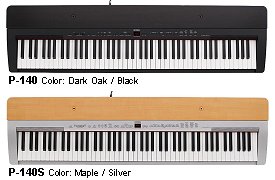
Yamaha P140
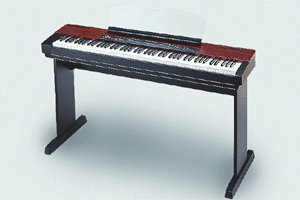
Yamaha P120
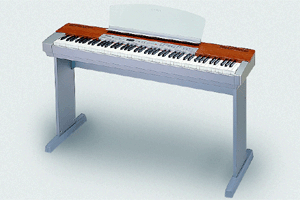
Yamaha P120S
Buy Yamaha P140 88-key Digital Stage Piano at Amazon
Buy Yamaha P140S 88-key Digital Stage Piano at Amazon
Update: Do look at the comments section at the end of this article for some interesting insights into several user perspectives on quality and playability issues.
The P140 and P140S are Yamaha’s newest digital pianos in what they call the Contemporary range. By this I presume they are referring more to the aesthetics and look of the instruments rather than their features.
Comparison without actually playing the keyboards is difficult because Yamaha’s website offers different information for each model.
Nevertheless, there won’t be major differences in functionality, because the P140/P140S is simply the newest member of the ‘P’ series.
Here’s what’s the same:
- Keyboard: both implement Yamaha’s Graded Hammer Effect mechanism – though several people have noted that the P140’s keyboard action is better and more reliable than the P120s
- Polyphony: both can handle up to 64 notes (a moderate amount for a modern digital piano)
- Sound system / quality: both use AWM Dynamic Stereo Sampling, which is Yamaha’s most up-to-date acoustic piano synthesis system to date.
- Voices: Both models have 14 voices, plus some method of variation. Though I couldn’t find a list for the newer P140 model, I doubt the voices are any different. Update: The P140 has dropped the “Rhodes” sound, the sounds aren’t identical, but similar.
And here’s what’s different:
- Casing: all four models have different wood effect and metallic casings.
- Effects: there are minor differences in the effect capabilities of the machines.
I’ve discovered that the P140/P140S are upgraded replacements for the P120. In other words, Yamaha will phase out the P120/P120S over the next few months as the newer models are shipped.
That’s probably why I’m seeing similar prices (of around US$1200) for both models, even though the P120s are about to be phased out.
I would suspect that in the next few months, dealers will be selling off P120/P120S at a slightly reduced price. After all, you don’t sell an old and new model at exactly the same price.
So, it seems that there is very little difference. The newer model may have improved internal electronics (the operating system, and so on) but effectively the models are the same.
The best thing to do is to try out both, and see which you like the look, feel and sound of, and go for that. You may also find some good deals on end-of-stock and second-hand P120s.
If you know of any significant differences that I’ve missed, do leave a comment below.
Buy Yamaha P140 88-key Digital Stage Piano at Amazon
Buy Yamaha P140S 88-key Digital Stage Piano at Amazon

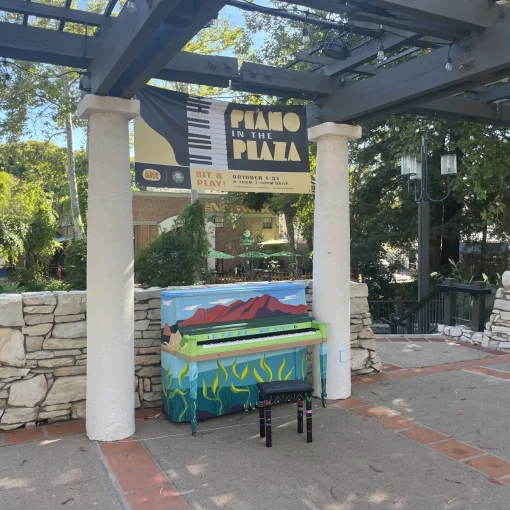

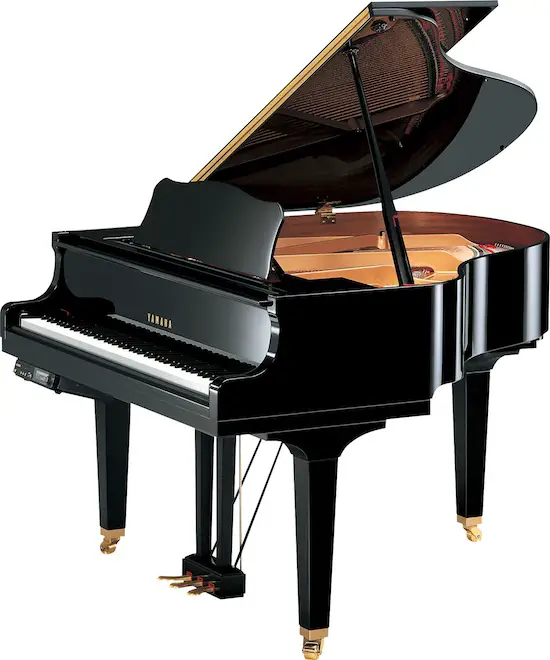
57 thoughts on “Yamaha P120 and P140 comparison”
HI Greg,
To be honest, I rarely connect my P140 to an amp because I use it “in situ” at home and the built in speakers are perfectly adequate for my needs.
If I were connecting to an amp I would probably just use the back outputs. I know there’s no volume control but to be honest I’d control that from the amp, and if it were then going out to a PA desk I’d expect the sound engineer there to level volume as required.
If I was going to take it from the headphone socket, I’d just use stereo 3.5mm jack to appropriate connection. For example, my current Roland amp I could either use a 3.5mm to RCA split, and the amp handles stereo to mono, or I could use 3.5mm to 6.3mm (either direct or with an adapter) in which case I think the amp still handles stereo to mono. I’d always want any output to a desk to maintain stereo.
Hope that helps a little. It is annoying that the RCA outputs are fixed volume, but I don’t think it’s totally unworkable, but of course the way you need to use the P140 may vary.
You might be able to find a P120 which is still a very good keyboard, if this is important, or alternatively one of Yamaha’s other models, but I understand how tempting it is given the discount.
Andy
The P120 has the GHE keyboard but the P140 has the GH keyboard that is used on the higher end CP series.
Good to know, Michael. Thanks for the comment.
You’re welcome Andy. I should add for accuracy that the keyboard of the P140 is sometimes also referred to as “Premium GHE”, which incidentally is the same as on the P155 that supersedes the P140.
I thought GHE = GH, which is better than GHS. Is this not true? I recently compared the feel of the YGP635 with GHS against the P155 and YDP223 with GH and GH felt much better to me, imho. I haven’t felt the P120 though. Is the GHE on the P120 the same as the P155?
Also, will Yamaha still replace the keys of a P120? I’m looking into a used one and would like to know if I had a problem with the keys Yamaha would fix it.
Thanks.
Hi, I since found that there is a GH3 which appear to be on the CVP line.
btw, still would love your insight on if Yamaha would replace keys on a P120.
Thanks.